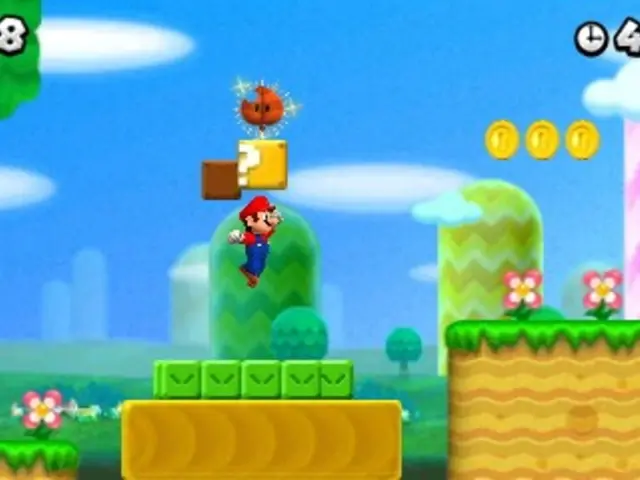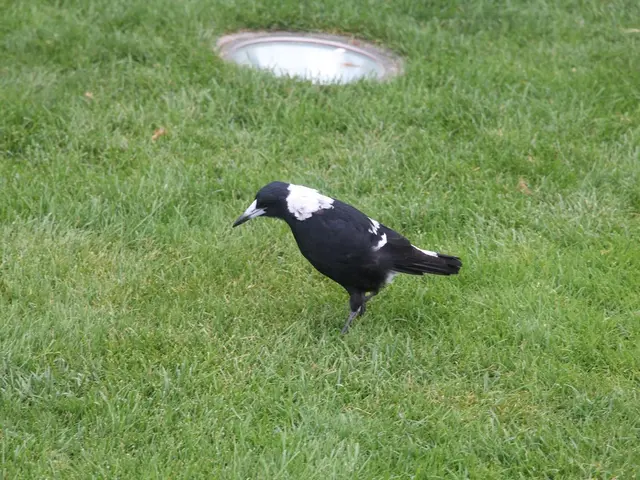Starting a Vegetable Garden at Home: Guide to Beginning
In the pursuit of a flourishing garden, locating and laying out a new garden bed is a crucial first step. Here's a step-by-step guide to help you create a thriving garden.
1. **Choose the Right Location Based on Sunlight and Accessibility** - Select a spot that receives at least 6-8 hours of direct sunlight daily, as most vegetables and herbs require ample sunlight to thrive. - Make sure the garden bed is conveniently located near a water source and is accessible, ensuring easy maintenance.
2. **Determine Your Garden Bed Layout and Style** - Decide on a style that complements your home and garden environment, such as a cottage or modern design. - Popular layouts for raised garden beds include rectangles, squares, or L-shapes, depending on available space and your site conditions. - Use a simple plan or grid to map out sections of your garden, dividing the space based on how much area you want to devote and what you plan to grow.
3. **Select Proper Bed Materials** - Popular materials for raised beds include cedar or redwood, composite wood, and galvanized steel. - Cedar and redwood are naturally rot-resistant and aesthetically traditional, while composite wood is durable and resistant to rot and splintering. Galvanized steel offers a modern look, is long-lasting, and warms up soil faster in spring. - Avoid older pressure-treated wood (pre-2003) due to arsenic and use safer untreated or naturally rot-resistant wood when growing edibles.
4. **Prepare the Site** - Clear the area thoroughly by removing grass, weeds, and roots using tools like a sharp hula hoe or other tilling implements. - Level and grade the site to avoid water pooling and improve drainage. - If building raised beds without bottoms on hard surfaces (like patios), consider adding a landscape fabric or wire basket at the bottom to hold soil in place and provide drainage while preventing soil loss.
5. **Build and Fill the Bed** - Build the frame of your bed, ensuring proper dimensions and sturdy construction. - Fill with quality soil mixed with compost to provide nutrient-rich, well-draining soil. For raised beds about 17 inches deep, choose plants appropriate for that depth. - For intensive planting (such as square-foot gardening), focus on compact and intensive planting in smaller plots to maximize space and ease of management.
6. **Additional Tools and Resources** - The Jora JK270 Composter, with a capacity of 9.5 cubic feet, can help you create nutrient-rich compost for your garden. - A variety of raised garden bed kits are available, such as the Deer Proof Cedar Complete Raised Garden Bed Kit in sizes like 12 x 8. - For watering your garden, consider a Premium Polyurethane Soaker Hose, available in a slim 7/16" dimension. - The Hungry Bin, a continuous flow worm composter, is another useful tool for creating nutrient-rich compost.
By thoughtfully choosing a sunny, convenient location, selecting appropriate bed materials, designing a layout that fits your space and style, and properly preparing and filling the bed with nutrient-rich soil, you will set a strong foundation for a flourishing garden bed. Happy gardening!
Incorporate raised beds into your home-and-garden lifestyle by considering them in your overall garden design. Gardening becomes more convenient with a raised bed located near a water source and easily accessible, making maintenance effortless.
To enhance your garden's appeal, choose a raised bed style that complements your home and garden environment, such as a raised garden bed kit that matches your preferred cottage or modern design.








